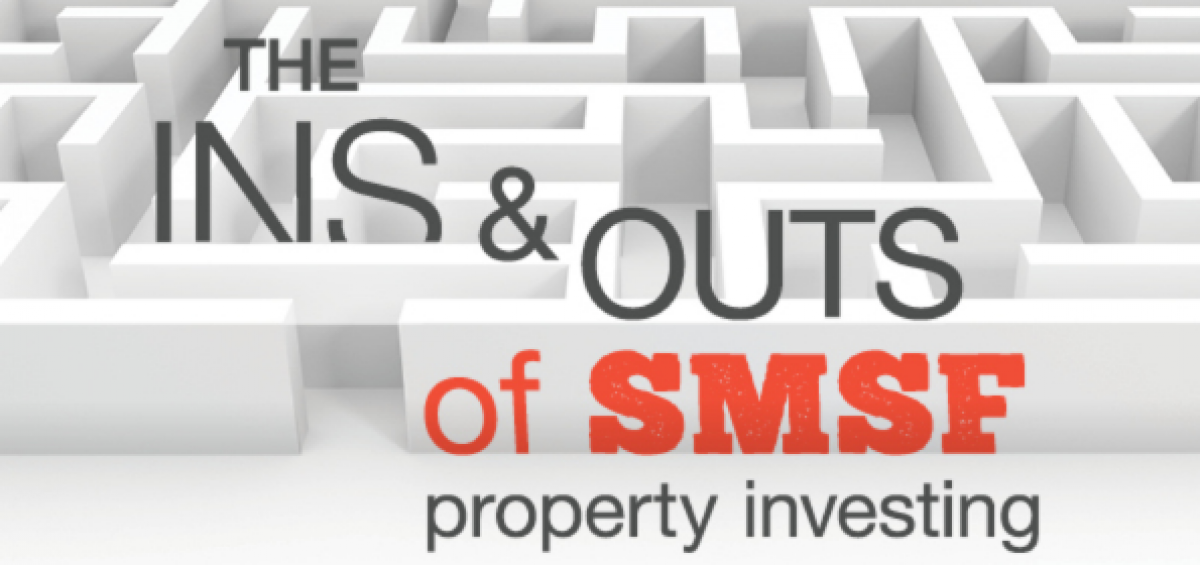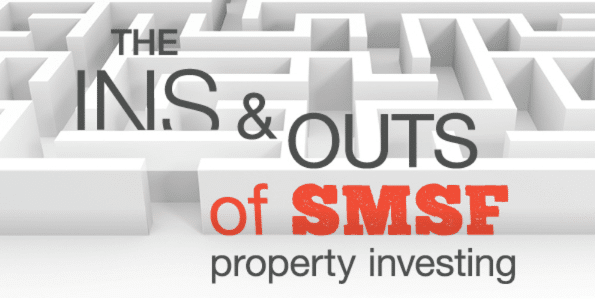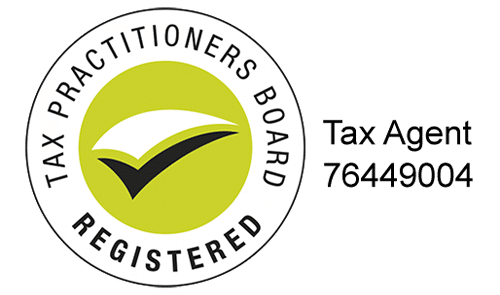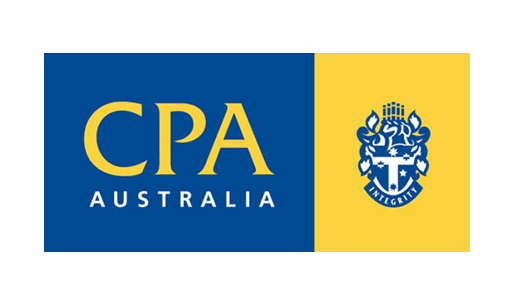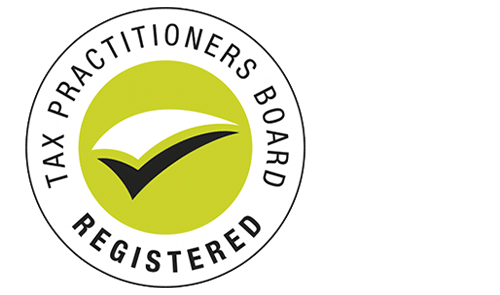With a property market recovery underway, most notably in Sydney and Melbourne, Australian investors are once again pursuing their love affair with property investing.
For many investors, a popular way to invest directly in residential or commercial property is through their self-managed super fund (SMSF). In fact, ATO statistics show property is the third most popular asset class in SMSF portfolios.
Part of the attraction of holding investment property within your SMSF is the concessional tax rates applying in the super system, with rental income taxed at only 15 per cent – or nil if the fund members are in the pension phase. As with property investments outside the super system, rental property expenses are tax-deductible and if the property is owned for more than 12 months, any capital gain is taxed at a discount rate.
Keep an eye on the super rules
But before you rush off to buy a property through your SMSF, there are some key rules you need to keep in mind if you want to stay on the right side of the tax man and superannuation law.
The key one is that the property must meet the sole purpose test, which requires any SMSF investment to solely provide retirement benefits to the fund’s members.
This means you can’t buy residential property through your SMSF for you or a family member to live in – even temporarily. So you can’t own your family home or a holiday shack through your SMSF.
A property owned by your SMSF can be rented, but it must be at normal market rates. The tenant must not be a person or entity related to a fund member if the property’s market value exceeds 5 per cent of the total value of the SMSF’s assets.
Buying a commercial property
SMSFs are unable to buy a residential property from a related party, but if you purchase business real property – such as your business premises – and pay rent at the market rate, it’s not considered a related party transaction.
The property must be used exclusively in a business and the price must be normal market value.
If your SMSF rents out the property to your business, it must be at commercially competitive rates and you must not gain a financial advantage. Regular rental payments must be made as with a normal lease.
Borrowing to buy an SMSF investment
In general, SMSFs can’t borrow to buy an investment asset, but there is an exemption if the fund enters into a special loan structure called a limited recourse borrowing arrangement (LRBA) to purchase a property.
With an LRBA, the SMSF has a beneficial interest in the property but it is owned by a separate security trust. The upside of this is if the loan defaults, the lender only has recourse to the property – not the SMSF’s other assets.
LRBAs are complex borrowing arrangements with different loan conditions to a normal mortgage. If they are structured incorrectly, the borrowing exemption lapses and the SMSF will have breached the super rules.
Repair and maintenance of the property
General repairs and maintenance of the property may be paid for by the SMSF but any improvements that significantly alter the investment are tricky to manage and advice should be sought before proceeding.
Consider the investment issues
If you are thinking about buying a property for your SMSF, you need to consider the investment issues involved. It’s essential the SMSF’s trust deed permits such a purchase and it must also be in line with the fund’s investment strategy.
Before buying an investment property, SMSF trustees also need to review their strategy for divestment of the property and the potential cash flow from the asset. Acquiring a property asset may mean the fund’s investment portfolio is not appropriately diversified, which is something the ATO has been contacting SMSF trustees about.
It’s also important to remember property investments take time to sell, so if you need to liquidate the asset to pay a member’s benefit (due to death or divorce for example), there can be challenges. The SMSF also needs to be sufficiently liquid to pay any fund expenses without having to sell at short notice.
Repairs versus property improvements: Know the difference:
| Examples of repairs and maintenance that can be funded from loan borrowings | Examples of improvements that can only be paid for by money in the SMSF |
| Can be funded from loan borrowings | Can only be paid for by money in the SMSF |
| Replace existing gutter with modern equivalent and leaf guard | Install a swimming pool |
| Repaint the property | Build a pergola |
| Replace fence with modern equivalent materials | Add a second bathroom |
| Install fire alarm to meet local council requirements | Add bores, cattle yards, sheds or extra fencing to a farming property |
| Replace roof after natural disaster | Replace roof after natural disaster plus adding a second storey |
Source: Self Managed Superannuation Funds Ruling SMSFR 2012/1
If you would like to know more about investing in property through your SMSF, give us a call today on 6267 2200.

